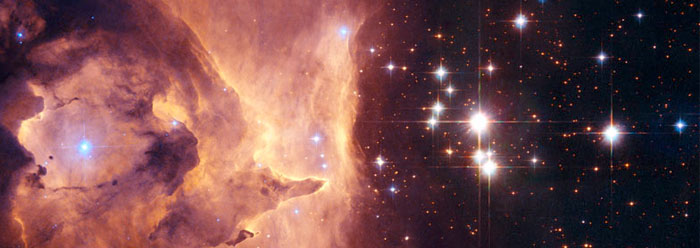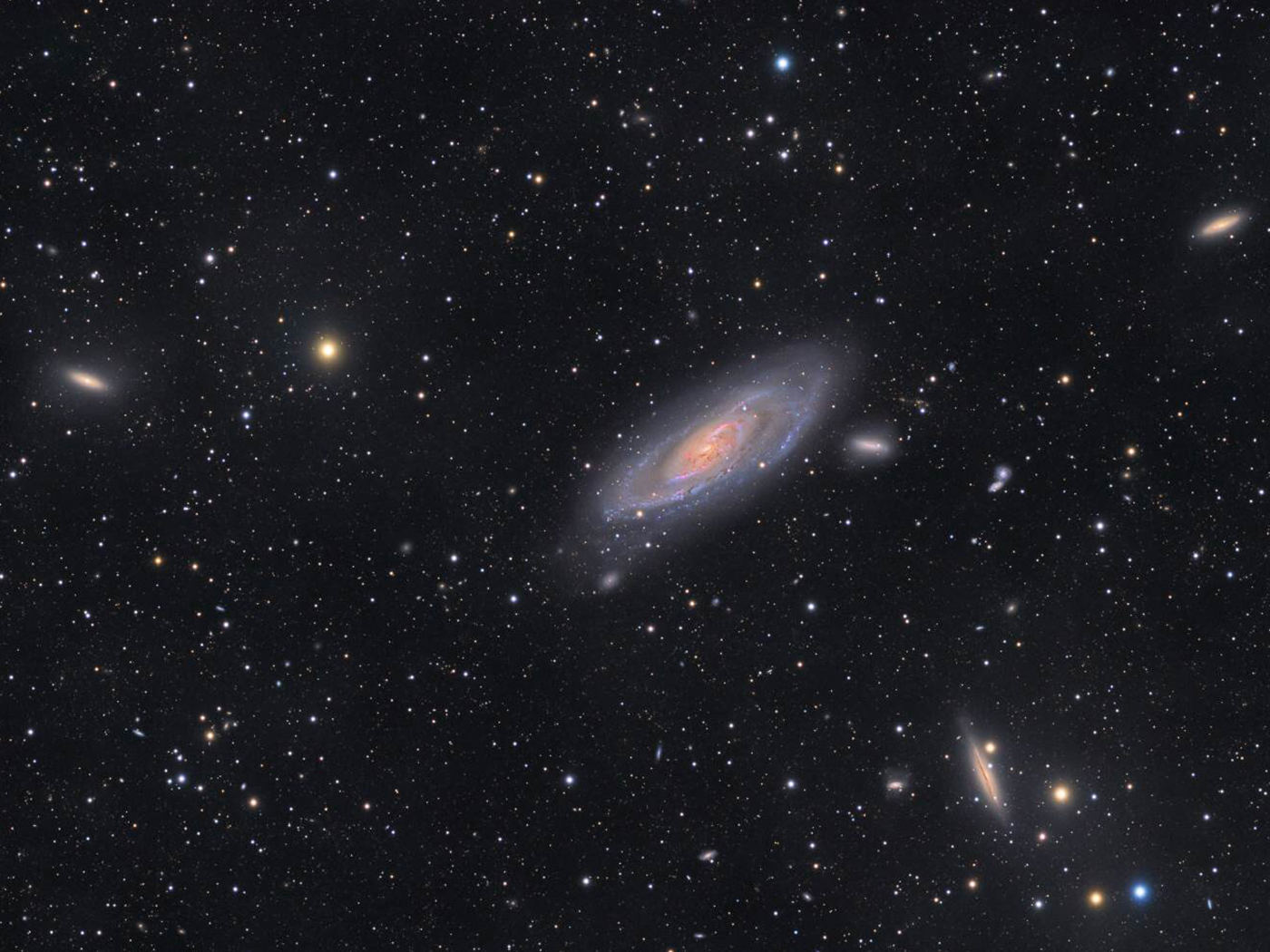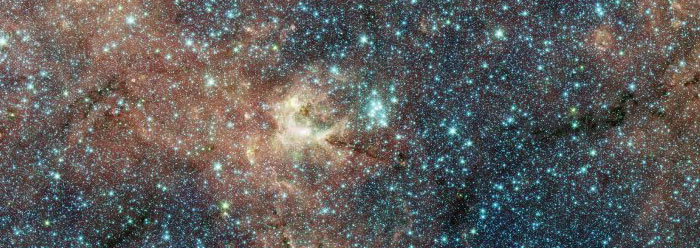Did God use the Big Bang to create the universe? Can we know the age of the earth? ICR physicist Dr. Jake Hebert explores the origin of the universe, recent Ice Age studies, and the relevance of earth age research. Also, learn more about Dr. Hebert as he shares his personal creation journey.
Many famous secular physicists claim we don’t need a Creator to explain the universe’s origin. They say “the laws of physics created the universe,” or, “the universe could have created itself.” Dr. Hebert offers four compelling reasons why this is not a scientific claim.
2) Why the Age of the Earth Matters
Is the universe billions of years old—or only thousands? Many Christians are uncomfortable with the idea of recent creation because they think science has “proven” otherwise. Is this a worthy battle? Can science prove the age of the universe?
3) Dissecting an Argument for the Big Bang
Secular scientists claim the universe came into existence through a cosmic explosion called the Big Bang. Some Christians try to argue that God used the Big Bang to create the universe. But what does the Bible say? And what are the scientific arguments?
Dr. Hebert’s pursuit of creation research ministry started early in life. Learn about his early interest in science, middle school doubts about Christianity, and the book that changed the course of his personal and professional life.
5) Ice Age and Seafloor Sediments
Seafloor sediments and dating methods may not seem like terribly exciting icebreaker topics. So, why does this field of research interest Dr. Hebert and the ICR science team? And how does it relate to our study of the Ice Age?
For more radio programs, click here.






























